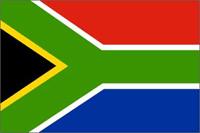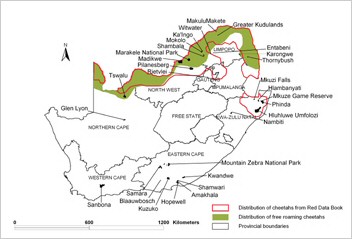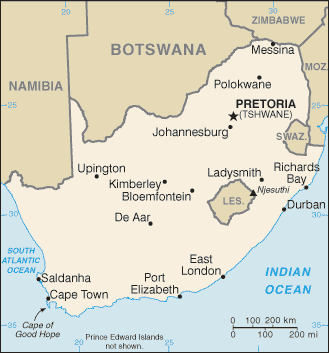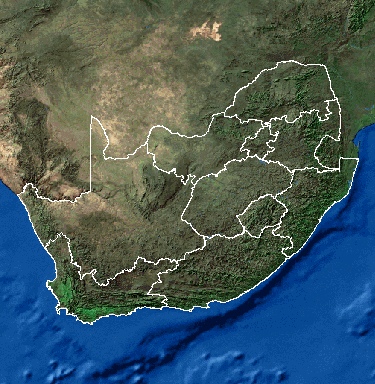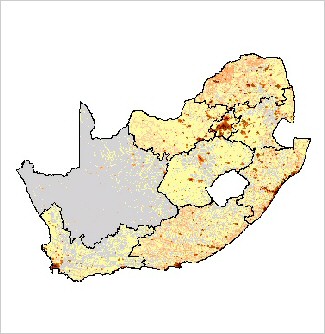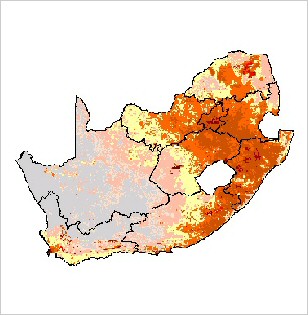|
|
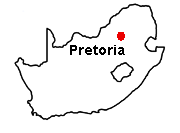 |
| back to top | |
|
Population. The distribution of cheetahs Acinonyx jubatus in South Africa appears to have increased over the past 25 years. This is due to a change in land use from cattle ranching to wildlife ranching. The largest part of the cheetah population occurs outside conservation areas on privately owned ranch land. The Kruger National Park and the Kgalagadi Transfronteir Park are the two most important conservation areas for cheetahs due to their large size and pristine habitat. The main threats to cheetahs are focused outside conservation areas and are the illegal trade, unregulated captive breeding and persecution. International trade in cheetahs is regulated by CITES and there is no quota for hunting of cheetahs. However, hunting trophies originating from the wild and captivity have been exported with CITES permits. Several programmes are in place aiming at conserving cheetah. Research is done both inside National Parks and on ranch lands. |
|
|
The National Cheetah Conservation Forum of South Africa (NCCF-SA) is an active forum with members from various organisations involved in cheetahs from conservation organisations, government departments, captive breeders, biologists, hunters and landowners. There is a relocation programme in place where cheetahs are relocated from ranch land to enclosed reserves to form a metapopulation. The most important steps to conserving cheetahs in South Africa have been identified as: metapopulation management, regulation and formalisation of the captive breeding industry, curbing the illegal trade, addressing persecution and conflict management and further research on cheetahs. Principal Threats. Livestock farming, small populations in unconnected conservation areas, and the believed success of captive breeding programmes in South Africa, which has eliminated the need to put much effort into the conservation of the remaining wild populations. |
|
| back to top | |
|
After the British seized the Cape of Good Hope area in 1806, many of the Dutch settlers (the Boers) trekked north to found their own republics. The discovery of diamonds (1867) and gold (1886) spurred wealth and immigration and intensified the subjugation of the native inhabitants. The Boers resisted British encroachments, but were defeated in the Boer War (1899-1902). The resulting Union of South Africa operated under a policy of apartheid - the separate development of the races. The 1990s brought an end to apartheid politically and ushered in black majority rule. | |
| back to top | |
|
Area: total: 1,219,912 sq km; land: 1,219,912 sq km; water: 0 sq km ; note: includes Prince Edward Islands (Marion Island and Prince Edward Island) Climate: mostly semiarid; subtropical along east coast; sunny days, cool nights Terrain: vast interior plateau rimmed by rugged hills and narrow coastal plain Land use: arable land: 12.1%; permanent crops: 0.79%; other: 87.11% (2005) Natural resources: gold, chromium, antimony, coal, iron ore, manganese, nickel, phosphates, tin, uranium, gem diamonds, platinum, copper, vanadium, salt, natural gas Natural hazards: prolonged droughts Environment-current issues: lack of important arterial rivers or lakes requires extensive water conservation and control measures; growth in water usage threatens to outpace supply; pollution of rivers from agricultural runoff and urban discharge; air pollution resulting in acid rain; soil erosion; desertification Environment-international agreements: |
|
|
|
|
| back to top | |
|
Population: 44,187,637 Age structure: 0-14 years: 29.7% (male 6,603,220/female 6,525,810); 15-64 years: 65% (male 13,955,950/female 14,766,843); 65 years and over: 5.3% (male 905,870/female 1,429,944) (2006 est.) Median age: total: 24.1 years; male: 23.3 years; female: 25 years (2006 est.) Population growth rate: -0.4% (2006 est.) Infant mortality rate: total: 60.66 deaths/1,000 live births; male: 64.31 deaths/1,000 live births; female: 56.92 deaths/1,000 live births (2006 est.) Life expectancy at birth: total population: 42.73 years; male: 43.25 years; female: 42.19 years (2006 est.) Total fertility rate: 2.2 children born/woman (2006 est.) HIV/AIDS - adult prevalence rate: 21.5% (2003 est.) HIV/AIDS - people living with HIV/AIDS: 5.3 million (2003 est.) HIV/AIDS - deaths: 370,000 (2003 est.) |
|
|
Ethnic groups: black 75.2%, white 13.6%, Colored 8.6%, Indian 2.6% Religions: Christian 68% (includes most whites and Coloreds, about 60% of blacks and about 40% of Indians), Muslim 2%, Hindu 1.5% (60% of Indians), traditional and animistic 28.5% Languages: 11 official languages, including Afrikaans, English, Ndebele, Pedi, Sotho, Swazi, Tsonga, Tswana, Venda, Xhosa, Zulu Literacy: definition: age 15 and over can read and write; total population: 86.4%; male: 87%; female: 85.7% (2003 est.) | |
| back to top | |
|
Data code: SF Government type: republic Independence: 31 May 1910 (from UK) Legal system: based on
Roman-Dutch law and English common law; accepts compulsory ICJ jurisdiction,
with reservations | |
| back to top | |
|
Economy-overview: South Africa is a middle-income, emerging market with an abundant supply of natural resources; well-developed financial, legal, communications, energy, and transport sectors; a stock exchange that ranks among the 10 largest in the world; and a modern infrastructure supporting an efficient distribution of goods to major urban centers throughout the region. However, growth has not been strong enough to lower South Africa's high unemployment rate, and daunting economic problems remain from the apartheid era - especially poverty and lack of economic empowerment among the disadvantaged groups. South African economic policy is fiscally conservative, but pragmatic, focusing on targeting inflation and liberalizing trade as means to increase job growth and household income. Labor force: 16.09 million Labor force-by occupation: services 45%, agriculture 30%, industry 25% (1999 est.) Unemployment: 25.5% (2006 est.) Population below poverty: 50% (2000 est.) Industries: mining (world's largest producer of platinum, gold, chromium), automobile assembly, metalworking, machinery, textiles, iron and steel, chemicals, fertilizer, foodstuffs, commercial ship repair | |
|
Agriculture-products: corn, wheat, sugarcane, fruits, vegetables; beef, poultry, mutton, wool, dairy products Exports: $59.15 billion f.o.b. (2006 est.) Exports-commodities: gold, diamonds, platinum, other metals and minerals, machinery and equipment Exports-partners: Japan 9.9%, UK 9.7%, US 9.5%, Germany 6.5%, Netherlands 4.6% (2005) Imports: $61.53 billion f.o.b. (2006 est.) Imports-commodities: machinery and equipment, chemicals, petroleum products, scientific instruments, foodstuffs Imports-partners: Germany 14.2%, China 9.1%, US 7.9%, Japan 6.8%, Canada 6.3%, UK 5.6%, France 4.5%, Iran 4.2% (2005) Currency: 1 rand (ZAR) = 100 cents Exchange rates: rand per US dollar - 6.7649 (2006), 6.3593 (2005), 6.4597 (2004), 7.5648 (2003), 10.5407 (2002) |
|
| back to top | |
|
Telephone system: general assessment: the system is the best developed and most modern in Africa; domestic: consists of carrier-equipped open-wire lines, coaxial cables, microwave radio relay links, fiber-optic cable, radiotelephone communication stations, and wireless local loops; key centers are Bloemfontein, Cape Town, Durban, Johannesburg, Port Elizabeth, and Pretoria; international: country code - 27; 2 submarine cables; satellite earth stations - 3 Intelsat (1 Indian Ocean and 2 Atlantic Ocean) Radio broadcast stations: AM 14, FM 347 (plus 243 repeaters), shortwave 1 (1998) Television broadcast stations: 556 (plus 144 network repeaters) (1997) Internet country code: .za Internet hosts: 645,179 (2006) Internet users: 5.1 million (2005) | |
| back to top | |
|
Marnewick et al. 2007.The Status of the Cheetah in South Africa. Cat News Special Issue 3, 22-31. http://www.cia.gov/cia/publications/factbook/geos/sf.html (last update on 10 January, 2006) http://en.wikipedia.org/wiki/South Africa http://www.lib.utexas.edu/maps/map_sites/country_sites.html#botswana | |
